 |
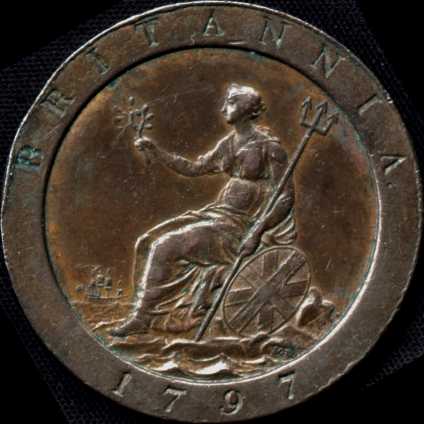 |
The "Cartwheel" coins were struck in coin alignment at Matthew Boulton's
mint in Soho, Birmingham using coining presses developed by Boulton and James Watt.
The concept behind the broad, raised rim was to protect the coin from undue wear.
The incuse legends were supposedly to make life difficult for forgers. The size
of the coins was a (successful) attempt to restore confidence to the coinage in
that the intrinsic value of the metal plus an allowance for the cost of production
was equal to the nominal value of the coin. The cartwheel penny weighed one ounce
avoirdupois and the twopence, two ounces.
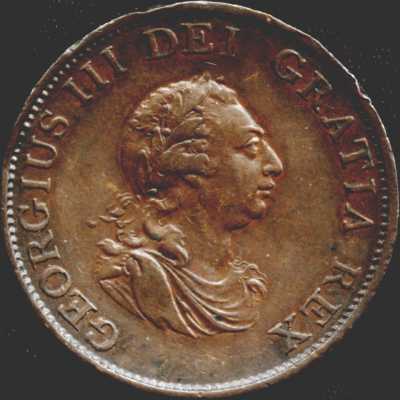 |
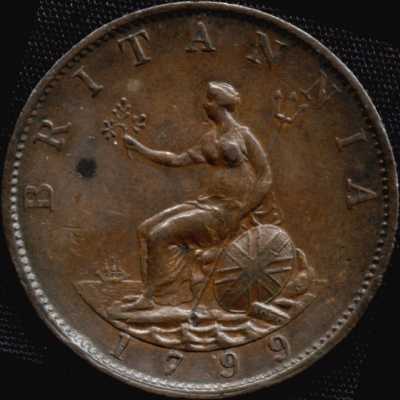 |
The coin is decidedly concave and reflects Boulton's judgment that this design
was adequate for protection and his finding that it was easier to strike than the
cartwheel coins.
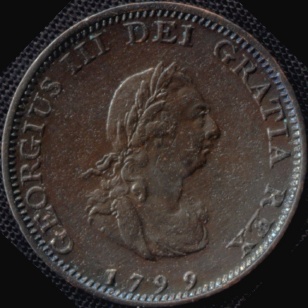 |
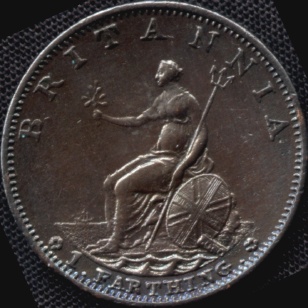 |
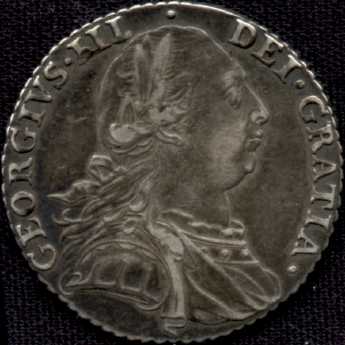 |
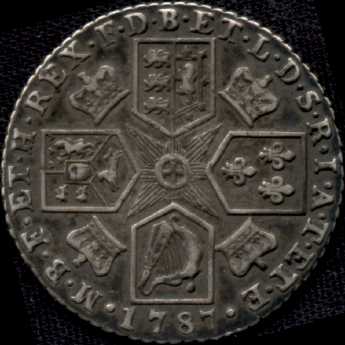 |
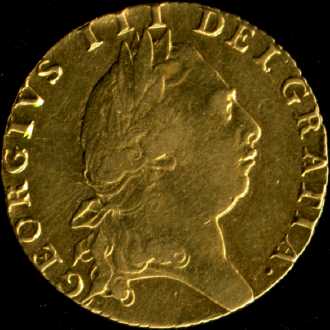 |
 |
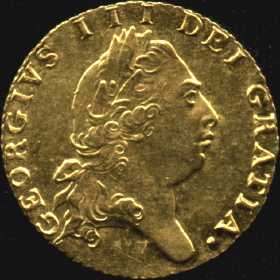 |
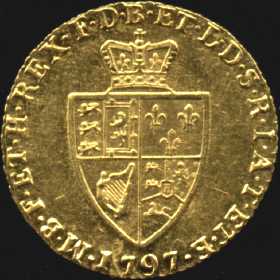 |
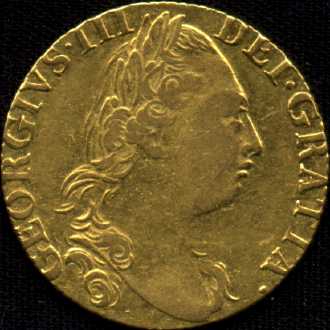 |
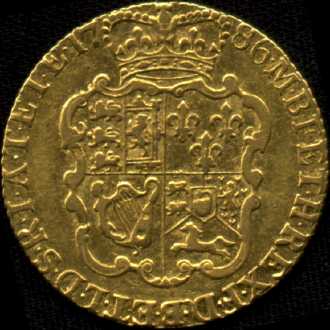 |
Note that the obverse is quite different from that of the spade guinea even though
both picture George III.
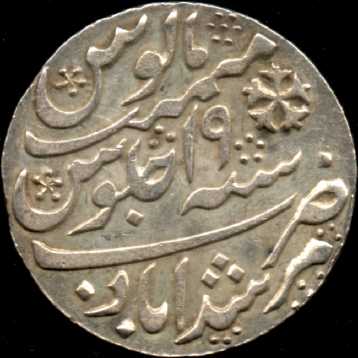 |
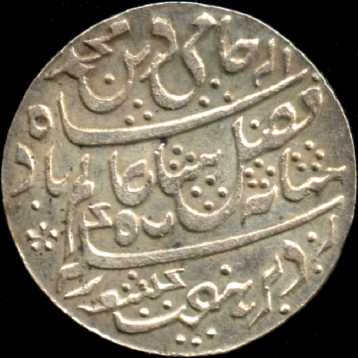 |
Local value was 2/6.
Please don't ask me anything about these coins. Check Nupam's
web site instead.
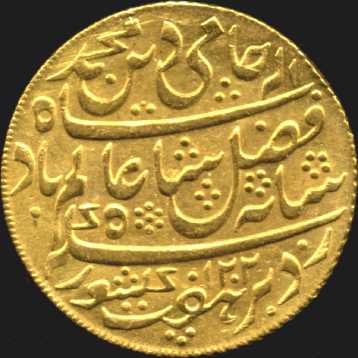 |
 |
Local value was £1/17/-. It is about the same size as the silver rupee
and likewise features oblique edge milling. It was struck in medal rotation. The
designs on the mohur and the rupee are very similar but not identical.
Please don't ask me anything about these coins. Check Nupam's
web site instead.
 |
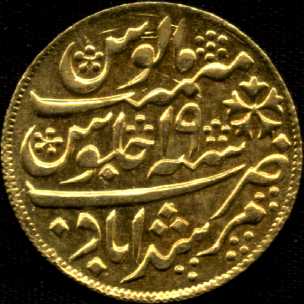 |
Not explicitly mentioned in King's proclamation, its local value was naturally
18/6, half that of the full mohur. The design is very similar to that of the full
mohur and was likewise struck in medal rotation.
Please don't ask me anything about these coins. Check Nupam's
web site instead.
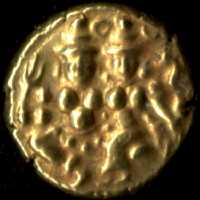 |
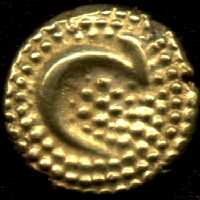 |
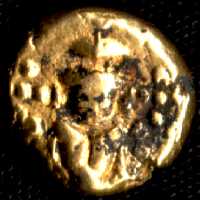 |
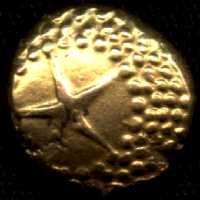 |
The second example is of a well-known design, called the "star pagoda"
because of the prominent feature on the reverse. This particular specimen is encrusted
with iron oxide which partly obscures Vishnu on the obverse. It was minted under
the Madras Presidency sometime between 1740 and 1807.
Pagodas were tiny, bulbous coins about 9mm in diameter and weighing 3.4g with
a proclaimed local value of 8/-.
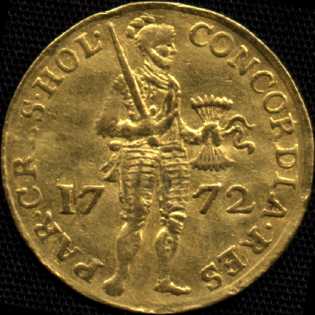 |
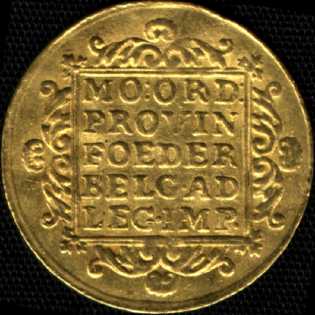 |
The ducat was struck in coin alignment.
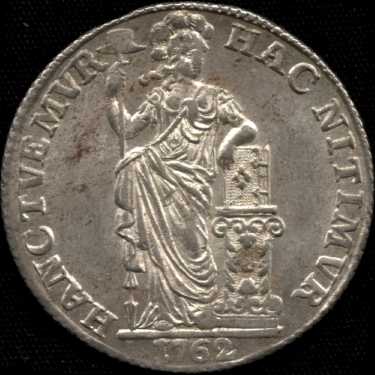 |
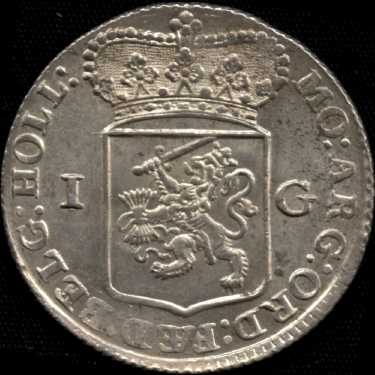 |
Unlike the ducat, this coin was struck in medal rotation.
 |
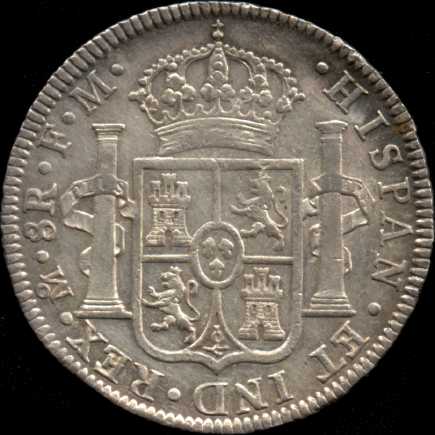 |
The specimen shown was minted in Mexico as indicated by the mint mark at about
8 o'clock on the reverse just before the denomination, 8R, signifying eight reales.
It was struck in medal rotation. Local value was set at 5/-.
Click on the picture to see one way a coin like this might have been used ...
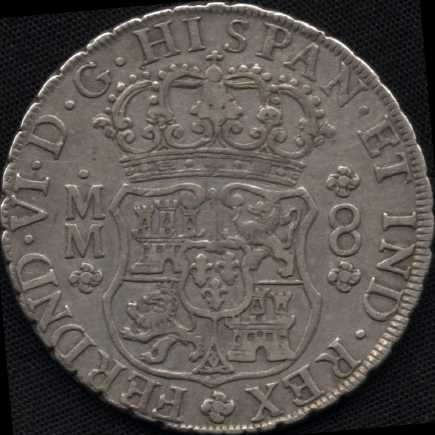 |
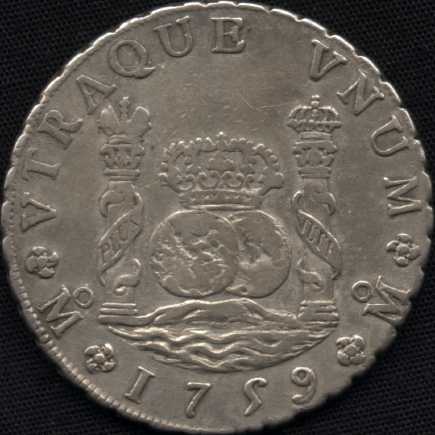 |
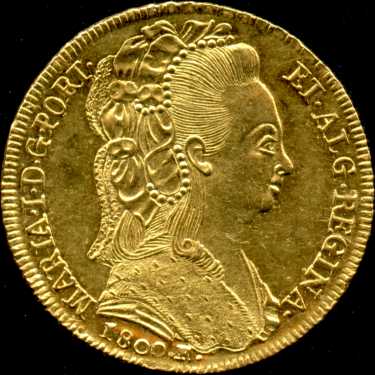 |
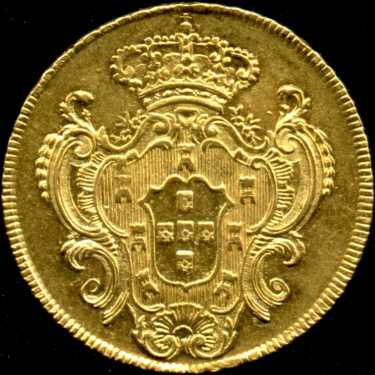 |
The specimen shown is from Brazil. It was struck in medal rotation.
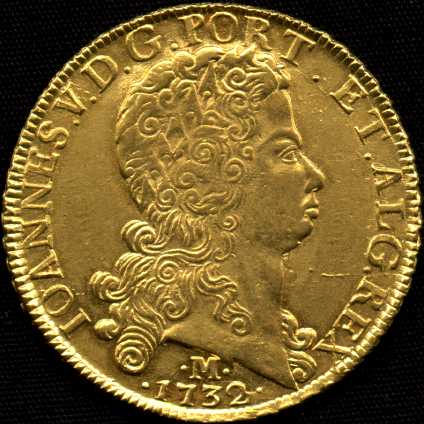 |
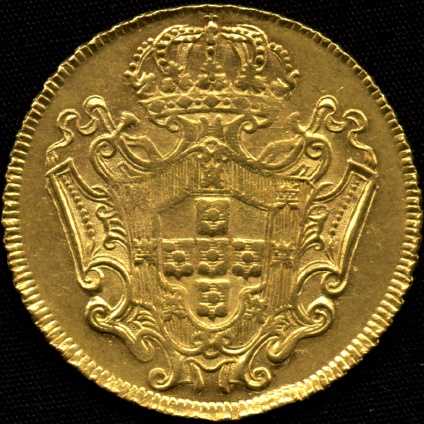 |
The specimen shown is from Brazil and weighs 28.5g. It was struck in medal rotation.
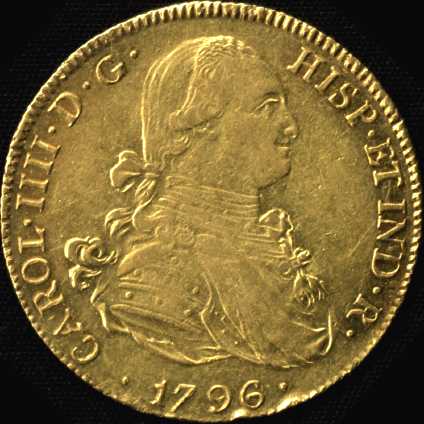 |
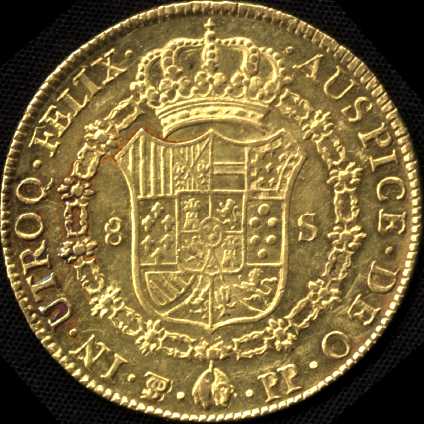 |
The specimen shown is from the Potosi mint in Bolivia and was struck in medal
rotation. The Potosi mintmark is the monogram at the bottom of the reverse, just
left of centre.
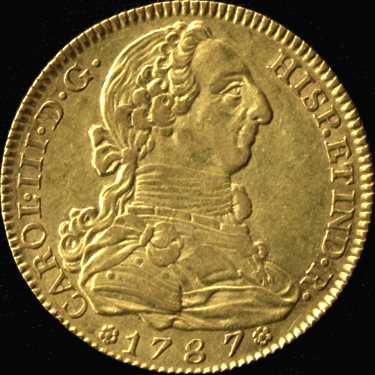 |
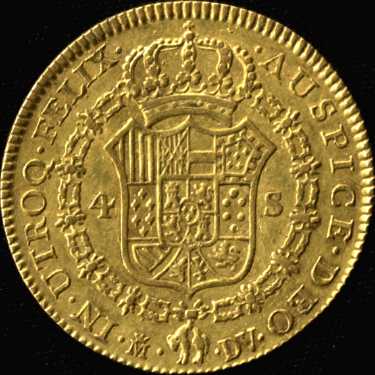 |
The specimen shown is from the Madrid mint in Spain and was struck in medal rotation.